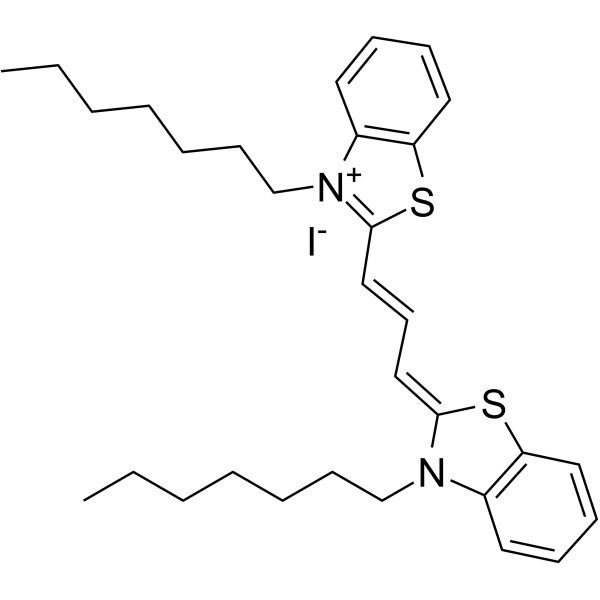| Structure | Name/CAS No. | Articles |
|---|---|---|
 |
3,3′-Dioctylthiacarbocyanine iodide
CAS:53213-89-1 |
|
 |
3,3'-DIHEPTYLTHIACARBOCYANINE IODIDE
CAS:53213-88-0 |